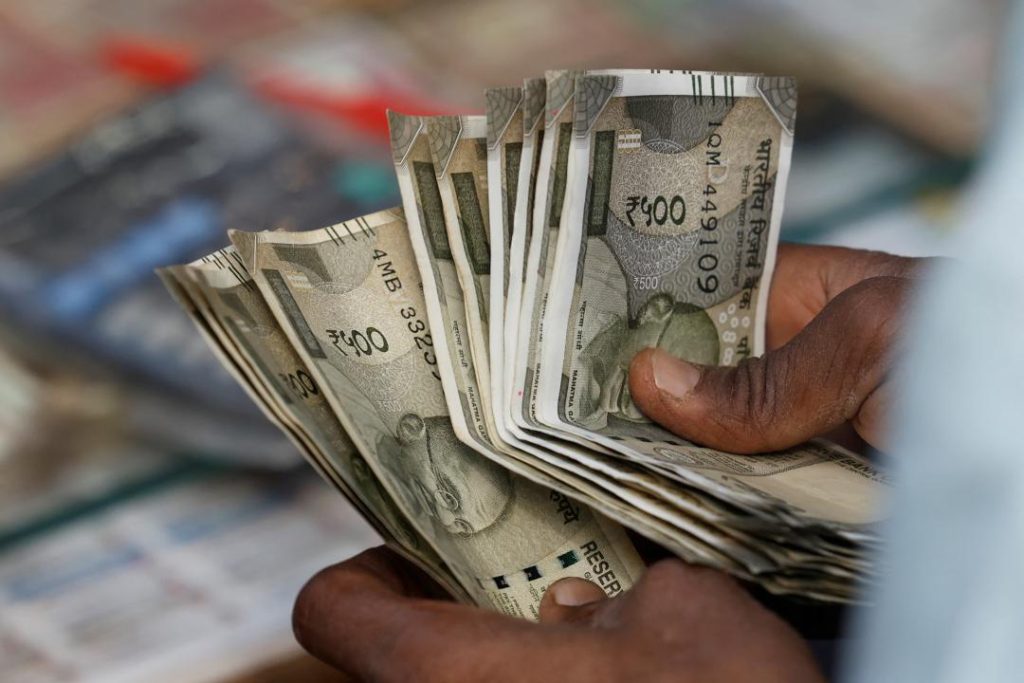
What Got Cheaper & Costlier in March as CPI Falls to 67-Month-Low of 3.34%?
The retail inflation in India saw a significant drop in March, falling to a 67-month low of 3.34%. This decline in consumer price index (CPI) is a welcome news for consumers, as it indicates a decrease in the prices of essential commodities. According to a recent report by the Press Information Bureau (PIB), the CPI fell by 0.8% in March compared to the same period last year.
The decline in retail inflation is attributed to the decrease in prices of certain essential commodities, such as eggs, vegetables, and pulses. These staples are the primary sources of nutrition for millions of Indians, and a decline in their prices is a major relief for the common man.
What Got Cheaper in March?
The prices of eggs, vegetables, and pulses saw a considerable decline in March. Eggs, which are a staple protein source for many Indians, became cheaper by 15.2% compared to the same period last year. Vegetables, which are an essential part of the Indian diet, saw their prices fall by 10.2%, while pulses, which are a rich source of protein, became cheaper by 9.2%.
Other commodities that saw a decline in prices include spices, meat, fish, and recreation and amusement. Spices, which are an essential condiment in Indian cuisine, became cheaper by 2.6%, while meat and fish prices fell by 1.8%. Recreation and amusement activities, such as movies, travel, and hobbies, saw their prices drop by 1.4%.
What Got Costlier in March?
While many commodities saw a decline in prices, there were some that saw a marginal increase. Fruit prices, for instance, saw a significant jump of 6.4% compared to the same period last year. This increase in fruit prices may be attributed to factors such as weather conditions, transportation costs, and supply chain disruptions.
Other commodities that saw a marginal rise in prices include cereals, milk, oil, sugar, confectionery, clothing, snacks, sweets, pan, tobacco, footwear, fuel, and health and education. These commodities saw a rise in prices ranging from 0.1% to 2.2%.
Why is a Low CPI Good for the Economy?
A low CPI is good for the economy because it indicates a decline in the prices of essential commodities. This decline in prices can lead to an increase in the purchasing power of consumers, which can boost economic growth. A low CPI also indicates that the RBI may not need to raise interest rates to control inflation, which can be beneficial for the economy.
Conclusion
The decline in retail inflation in March is a welcome news for consumers, as it indicates a decrease in the prices of essential commodities. The prices of eggs, vegetables, and pulses saw a considerable decline, while spices, meat, fish, and recreation and amusement saw a marginal drop. Fruit prices, however, saw a significant jump. The RBI’s decision to keep interest rates unchanged is a positive sign for the economy, and it indicates that the central bank is focused on supporting economic growth.






